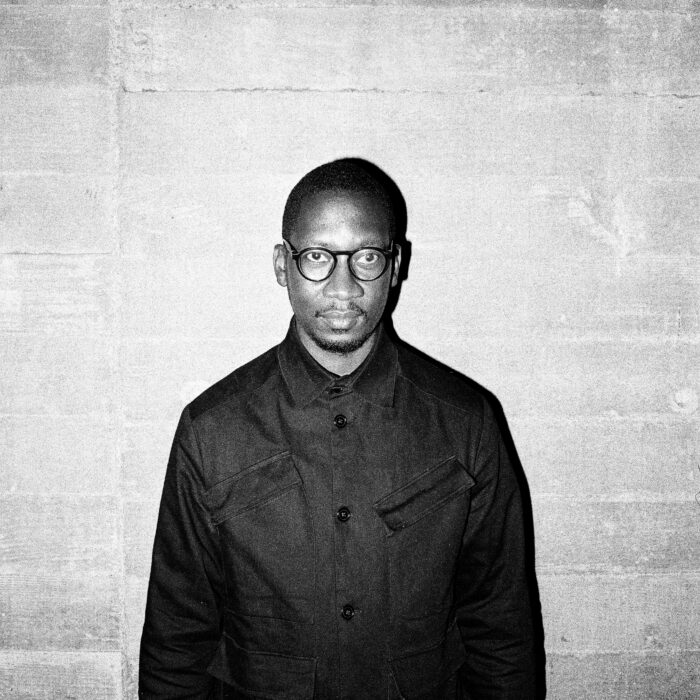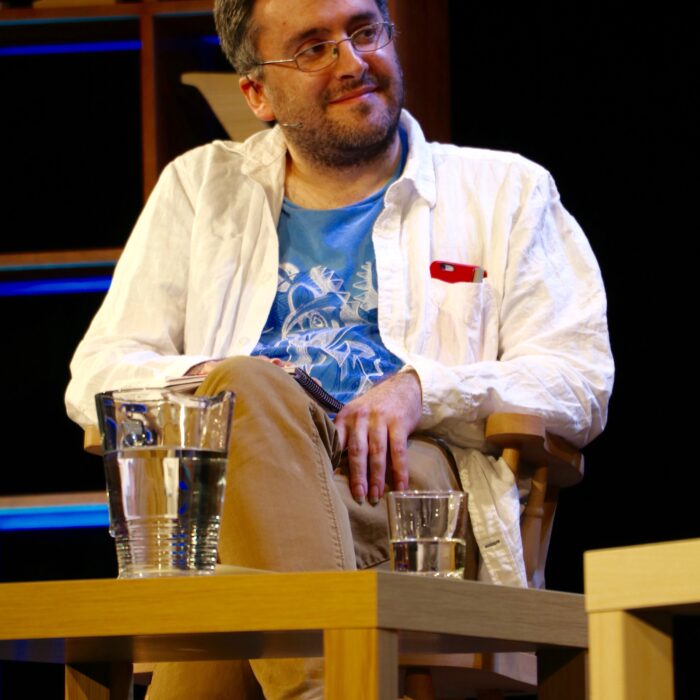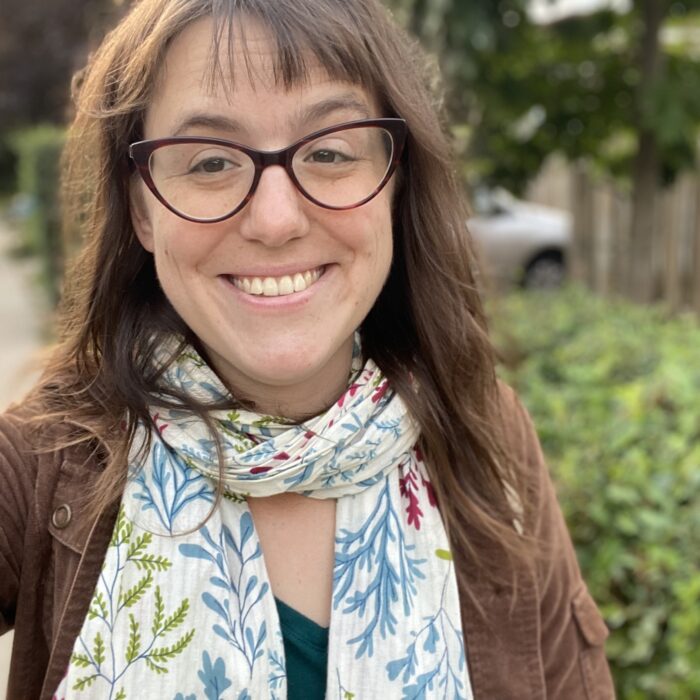You have no items in your cart. Want to get some nice things?
Go shopping Lewis Csizmazia graduated in July 2011 with a degree in Graphic Design and currently works as a book cover designer Simon and Schuster.
Lewis Csizmazia graduated in July 2011 with a degree in Graphic Design and currently works as a book cover designer Simon and Schuster.
What does a typical project involve?
During the Monday morning meeting I get a brief from the editors with their expectations for the next cover design. The sales team also gives suggestions, as they have a specific market in mind. I take the brief away, mull over ideas and work out how to package it. I bring a rough draft to the editor, who then approves or redirects my ideas. I make another set of visuals and send them off to print in order to test the colours, print finishes and typesetting. The printers send it back, hopefully with the go-ahead. We then test the cover on retailers, to see if they like it and think it will sell. Once they give the nod, it comes back and I make final tweaks. Then I send it off to print, and – fingers crossed – it comes back within four to six weeks wrapped around a book. That’s the exciting part. I might have to wait up to six months before it’s on the shelves.
How did you get this job?
I had an inspiring internship with Simon and Schuster’s illustrated books for a month. Around the same time someone on the adult art team left, so I was able to interview for the job. It was a right place-right time situation.
Why did you get into graphic design?
I did a work experience placement when I was 16 and unsure of my future plans. The placement was for Barnet Council, quite mundane and involving terrible things like coordinating the advertisement of bin collection times. I felt a bit restricted but there were still opportunities for creativity, as I could choose colours, pick fonts, blend different aspects together. Graphic design is everywhere, even if people don’t realise it, and that’s why I love it so much.
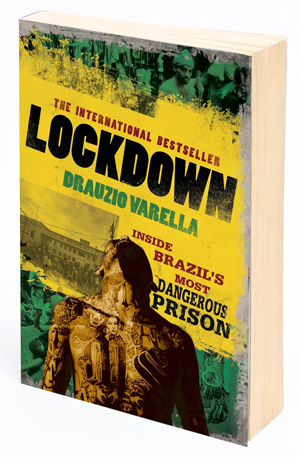 How do you get inspiration for designs?
How do you get inspiration for designs?
Everything and anything – it’s really varied. Recently I did a cover for a book about Brazil’s most infamous prison, Carandiru, and that inspiration came from a train at rush hour. I put that claustrophobic aspect in the cover, elements everywhere, that sense of confinement. I like design in the publishing industry because you work on many different covers and aren’t tied down to one idea. Inspiration can buzz in from anywhere and send you off on helpful tangents.
Tell me about the programs you use and your educational background.
I use Adobe Photoshop for my images, Illustrator for typography and InDesign for composition. My training started in college. There were no A-levels in graphic design, so I had to take the vocational route. I did two years at Buckinghamshire New University, further learning the programs, and later finished my degree at Northampton. It’s important to keep learning, as the programs change each year and employ new elements. I’ve noticed that as everything goes digital, there’s more of a digital progression in terms of what the programs can do.
Where do you stand in terms of digital design?
Simon and Schuster’s art team are quite divided about it. My portfolio comes from a more digital background because my university lecturers decided that digital would pick up and print would eventually die. Now that I’m in the business, I realise that print won’t die, just decrease as digital gets more prominent. I’m excited about the scope of digital and how it can be used for publishing. Although you don’t get that feeling of print – and don’t get me wrong, I really love print, the feel of paper, that smell of an open book – I think digital has great potential. The newer Kindles can display the same covers as a printed book, in colour, but in regards to older Kindles, a good design should work in black and white anyway.
You’ve mentioned that authors, editors and retailers all have a say in the designs. How do you negotiate differences of opinion?
I try to create a varied selection, shift ideas around. I take everyone’s opinions with a pinch of salt. It’s a game of bat and ball, working out what someone wants – one cover goes through so many hands. I make sure all my eggs aren’t in one basket, so to speak, and I try to be a jack of all trades and not just stick with one style.
How much freedom do you have with initial design ideas?
The editors can go two ways – they might give me a brief synopsis of the book’s plot and say, “It will sit alongside these certain titles, this is the market,” and then make suggestions. Or I have more freedom when it’s a debut author, and the editor just gives me a manuscript to read. I find that quite interesting. If I know the storyline more in-depth, I can put more of it into the cover.
What are some designing taboos or classic mistakes beginners might make?
I’ve sent – or almost sent – something off to print that didn’t have an author name on it. That was pretty bad. I’m quite new to publishing and have only been at Simon and Schuster for five months. One thing I’m learning is how colours print. I did one cover that was too dark because I didn’t adjust my colours for that type of paper.
Is there a particular print finish you prefer to design for?
I was talking to the editors a few weeks ago about this – they keep asking me why I want to do everything on uncoated stock. It’s probably the cheapest way to print, and it feels more natural in your hands. An uncoated stock is paper in it’s primary state, before it has treatment added such as gloss & matt lamination which then make it a coated stock. It has a rougher feel and it is also much more porous which means it soaks up more ink. At university we couldn’t use that type of paper because our printers would jam and it’d ruin thousands of pounds worth of press, whereas coated stock is designed be much more controlled and printer friendly which makes it a safer choice. I like to figure out how to use as many finishes as I can for as cheap as possible. Uncoated stock is a good baseboard because you can fill it with foils or embossing.
What are the benefits of working in publishing?
I’d always considered either branding or advertising; that’s why I split my degree up. Publishing wasn’t a popular option at my university. My friends were surprised when they heard about my career path. I’ve found that in this industry it’s easier to stay uncompromising. I can stick to my guns, make things that are aesthetically pleasing and create my own style, rather than just following a corporate idea. I like the freedom, and now, I don’t think I’d go anywhere else.
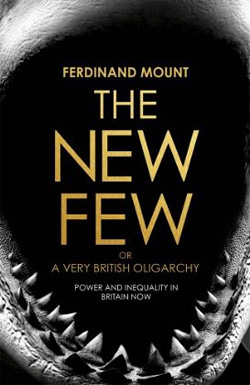 Most challenging aspect of your job?
Most challenging aspect of your job?
Time management. I went on holiday recently, and whilst writing my handover (a listing of where all the jobs are along the production & design path so that a freelancer can pick up my any of my jobs if it becomes urgent or if any of the artwork is needed for publicity purposes), I suddenly realised how many books I was working on – about 17 covers at the same time, all at different stages. With such an overlap I have to keep dates in mind and put things in order of priority. I work with various genres, and the editors all have different ideas. Time management is definitely key in publishing.
What’s your favourite aspect?
Seeing the cover around a book. I’ve only had a couple printed because I’m still quite new to the role, but I remember getting my first book through and holding it in my hands. It’s a great feeling to see it in the shops as well.
Any advice for people looking to get into a design career?
Keep an open mind. If I hadn’t I wouldn’t be in publishing, I’d be in branding or advertising. Also, build up your portfolio. I didn’t have a single book cover design or anything in my portfolio related to publishing when I went for my interview, which isn’t the ideal situation. Finally, get out there and promote your work. Self-promotion is key.

About Shannon Evans
Shannon Evans, originally from Florida, moved to London in December 2011. Her idea of a perfect Friday evening involves a book and a cup of tea, and her favourite book of all time is Till We Have Faces by C.S. Lewis.

